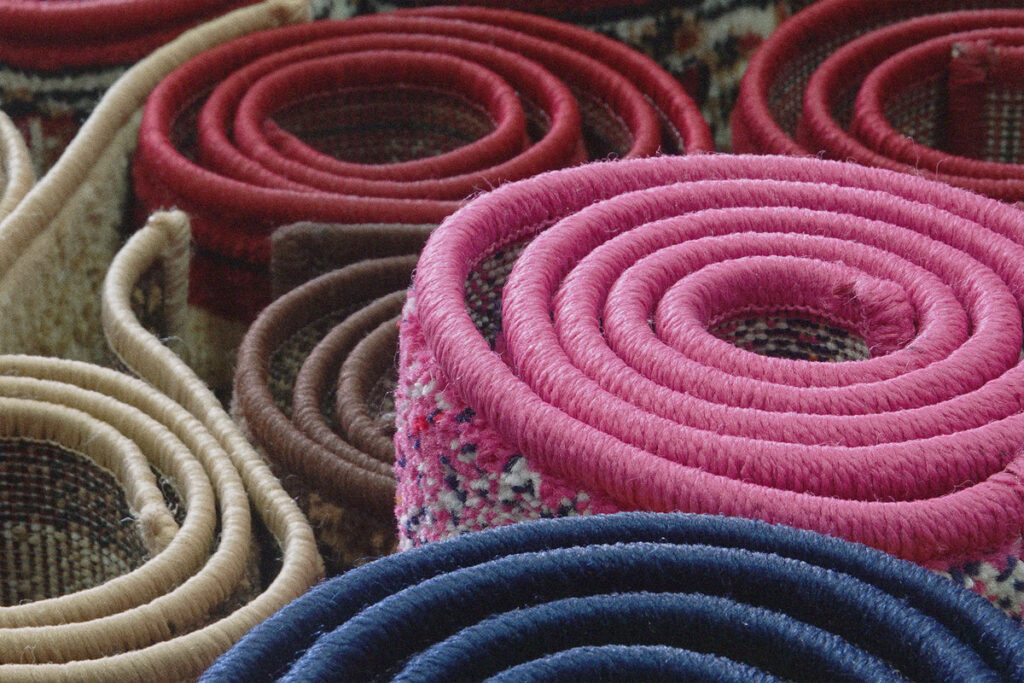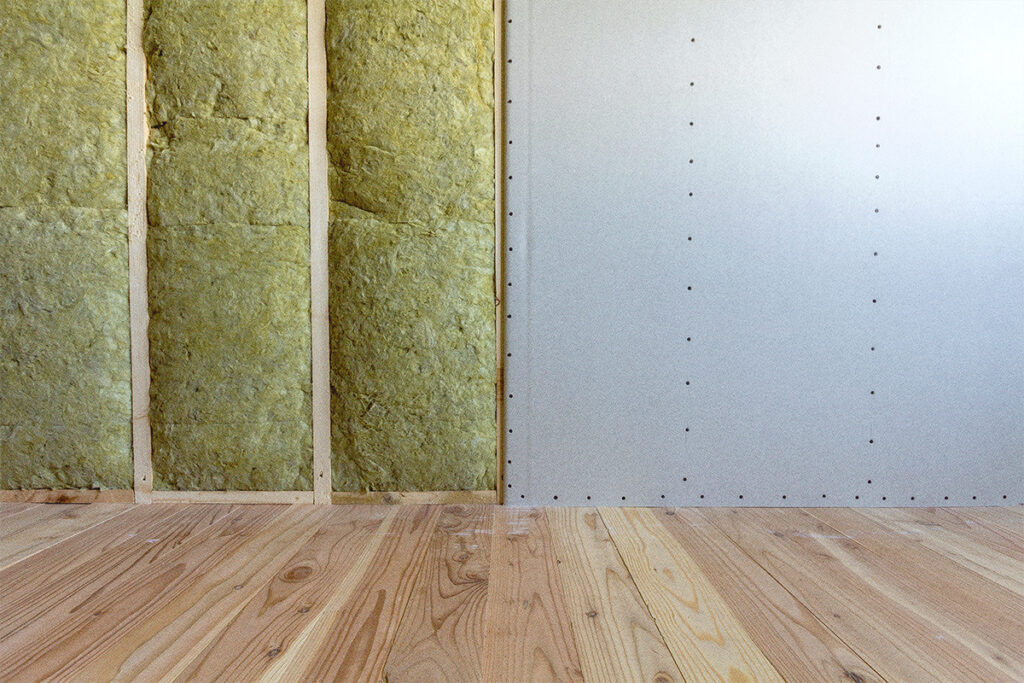Keep reading about similar topics.




HBN and Perkins&Will have released a second report aimed at transforming the way project teams select sustainable, low-carbon products. Building on the first report titled “Embodied Carbon and Material Health in Gypsum Drywall and Flooring,” a second report investigating the intersection of carbon and material health is titled “Embodied Carbon and Material Health in Insulation”.
Insulation is a unique product category that can help reduce a building’s operational carbon emissions by optimizing performance, lowering the energy required for heating and cooling. Those same materials can also negatively impact the environment by releasing greenhouse gasses throughout their life cycle. Insulation can also contain toxic chemicals that migrate into interior spaces. This report provides guidance for designers and architects to choose the best materials that takes materials health and embodied carbon into consideration.
Key Highlights from the reports include:
The reports represent a significant step forward in sustainable design practices, offering actionable insights that empower professionals to make environmentally conscious choices without compromising on carbon or health priorities.